Ever felt a sting in your wallet at the pharmacy—even with so-called discounts? You're not alone. Americans, Aussies, and Kiwis keep chasing better deals on prescriptions. Free coupon websites and pay-per-month pharmacy savings plans both promise relief, but which one actually delivers for long-haul users?
How Membership Plans Really Work—And Who They Help
When you hear “subscription” for prescriptions, think of services like GoodRx Gold or SingleCare Plus. You pay them monthly—usually $10–$20—for exclusive discounts on medications. In return, they claim to unlock deals not always available to the public, and sometimes bundle pharmacy perks like free delivery or telehealth.
So what’s inside these plans? It’s not insurance. These membership programs negotiate rates with pharmacy networks and pass on bulk discounts to their subscribers. You flash a digital card or printout at the counter and pay the set cash price. No claim forms, and no using it together with insurance—one or the other, not both.
Here's the upside: Frequent buyers (think those with recurring scripts) can see every refill drop by a tidy sum. Where a single prescription could cost $25 with a coupon, members might pay $5—pretty dramatic if you take several meds each month. Some plans like Amazon PrimeRx even throw in free 2-day shipping, so that’s a nice touch.
But there are catches hiding in the fine print. First, you’ll pay that membership fee whether you use it or not. If your monthly script total is less than your fee, you’re basically handing over cash for nothing. Also, not all drugs are covered. Expensive name-brands or specialty meds may fall outside the plan’s network rates, so double-check that your meds are on the list before paying up.
Loyalty is another trade-off. Once you get cozy with a membership plan, you might stop looking for better deals out there, even if prices change. Providers sometimes adjust their drug lists and pharmacy partners suddenly—so what’s a great deal today can vanish after you’ve set up autopay.
Data privacy is another concern: these services track which drugs you buy, and some share data with partner pharmacies or advertisers. If privacy matters to you, look up the program’s policy before signing on.
In New Zealand, these big U.S. programs aren’t widespread—yet. But membership models are popping up in local chains and online as pressure mounts on chemists to offer affordable options. Watch out for hidden admin fees or lock-in contracts. If a plan looks too good, run the math honestly: are you saving more than the monthly fee, month after month?
Coupon Sites: The Free-for-All Pharmacy Hackers Use
Coupon websites are everywhere—GoodRx, WellRx, RxSaver, to name a few. All promise free access to printable and digital coupons you fling across the chemist’s counter. Pop in your med name, your postcode, and boom: instant price comparisons at nearby pharmacies. There’s zero monthly fee. No forms, no commitments.
What’s really happening here? These sites aggregate pre-negotiated deals from pharmacy networks. It’s a shopper’s playground—hunt for the lowest price for every med, every time. There’s no reason to stick to a single store, and you don’t sign up for anything lasting.
For people who take a new medication now and then (think antibiotics, travel scripts, occasional refills), this grab-a-coupon-when-you-need-it system is brilliant. No wasted fees when you aren’t buying meds. If you don’t like the price at Chemist A, you head to Chemist B across the street with a different coupon.
Yet this freedom isn’t perfect. Some coupons overpromise online, but actual in-store prices turn out a bit higher. Sometimes pharmacists aren’t familiar with obscure coupons, which can make checkout awkward. Many coupons work just once or only on the first fill, not for refills—so you need to keep up the search every month.
Coupon websites also earn by tracking your shopping. When you punch in your postcode and med, they log the info. Some will send you reminders (handy for chronic meds) or push marketing. It’s worth using a burner email if you want fewer ads, but data collection is the price of entry.
Long-term users juggling several drugs sometimes find the process exhausting. Looking up fresh coupons every four weeks isn’t everyone’s idea of a good time. But for low-income folks, or anyone uninsured, the coupon route is a true budget-saver. According to a 2023 U.S. pharmacy survey, nearly 42% of uninsured people have used a digital coupon to cut their Rx costs in the past year.
Coupon prices often match or even undercut what insurance co-pays cover. For generic drugs, you’ll sometimes score prices even seasoned pharmacists didn’t expect—$2 for a month of simvastatin, anyone? And if you’re on the hunt for options better than GoodRx, there are always alternatives popping up, so the hunt never quite ends.
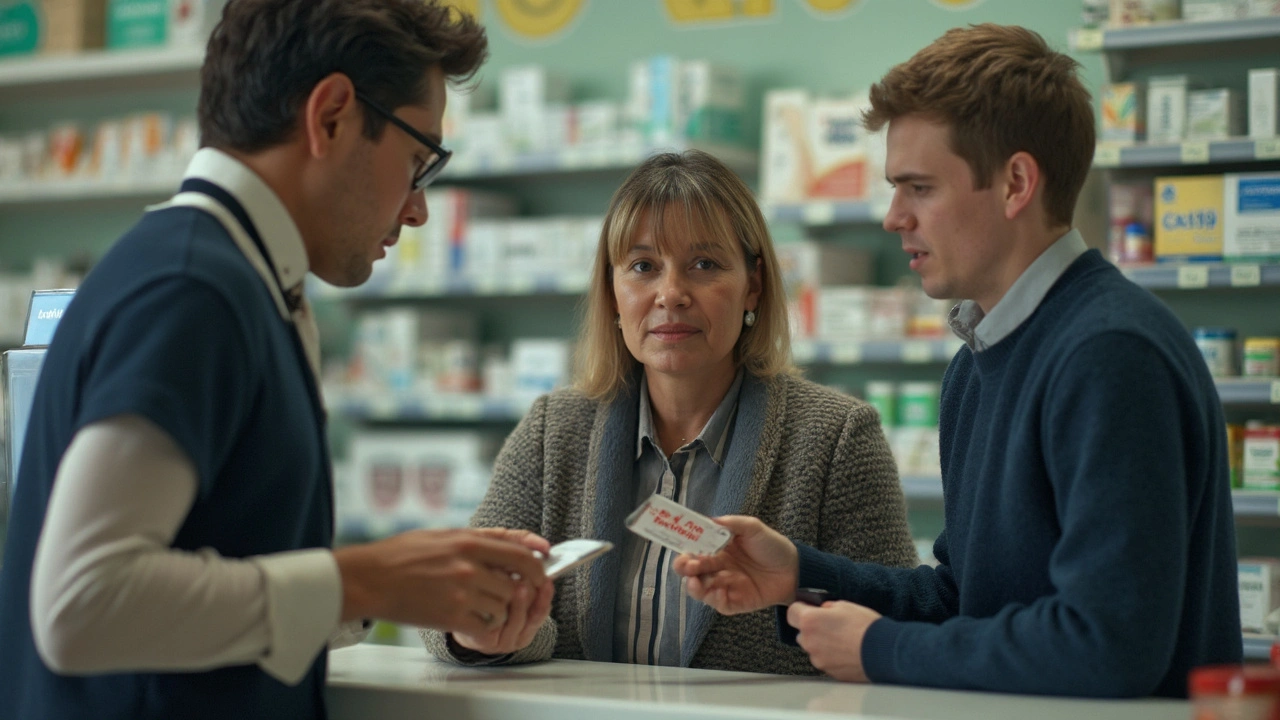
Head-to-Head: Membership vs. Coupon Sites for Real-World Savers
Still on the fence? Let’s boil it down to real numbers, workflow, and reliability. Membership plans reward regular users of specific meds. If you already know you’ll refill two or three prescriptions every month, and those are covered, the membership can shave off big money. Here’s a sample breakdown:
| Service | Monthly Fee | Generic Simvastatin (30 pills) | Antibiotic Amoxicillin (10 pills) | Total Monthly Cost (2 scripts) |
|---|---|---|---|---|
| Membership Plan | $15 | $2 | $8 | $25 |
| Free Coupon Site | $0 | $4 | $13 | $17 |
See how the fixed monthly fee flips the math? Unless you hit a savings “sweet spot”—say, with four or five scripts—the coupon route often stays cheaper, especially when scripts change or refill cycles aren’t every month.
Logistics also matter. Membership plans are streamlined. You pick one preferred pharmacy, get auto-refills, set-and-forget. No constant printing, no comparing prices every refill. Great for folks who want predictable charges and convenience. But that predictability sometimes lulls people into accepting higher prices when the plan’s deals slip. If prices change or a drug is dropped, it takes work to notice you’re overpaying.
Coupon users jump between pharmacies if they spot a big price gap, which can be awkward but can also mean better deals. And if you like having options, coupon sites win hands-down: you’re not tied to any network. For brand-name meds and rare drugs, though, both options often come up short—membership discounts rarely include specialty therapies, and coupon prices may be unimpressive for the rare stuff.
One tip: Always check the “cash” pharmacy price, even if you have insurance, a coupon, or a membership deal. Sometimes, cash beats insurance co-pays, especially for heavily-discounted generics. Pharmacists are used to shoppers asking—and the law (in most countries, including New Zealand, Australia, and the U.S.) allows you to get the lowest possible rate without the insurance hassle.
And don’t forget the psychological factor. With memberships, you want to “get your money’s worth,” so sometimes you stick to it—spending more over time than you would by shopping around. Coupons, on the other hand, can be a hassle to keep track of, but at least you’re only paying for what you need, when you need it.
Smart Rx Savings: Insider Tricks for Real-World Results
Want to make your dollar go further—and maybe avoid overpaying? Here are some real-life tricks people use, from pharmacy workers and chronic illness support groups alike:
- Ask your pharmacist to run your script through the coupon, the membership, and their in-house discount card. You might be surprised at which comes out cheapest—pharmacy chains sometimes have their own secret price lists lower than what even membership plans offer.
- Switch between brands and generics. If a coupon doesn’t cover your exact med, ask your doctor if a different generic is available. Even a small change can open access to deeper discounts.
- Check multiple coupon sites. Don’t trust one source; prices change weekly, and one site’s $10 pill could be $3 somewhere else.
- Stack refills for one big purchase. If your doc allows 90-day supplies, do it—it often triples the coupon or membership savings in one go.
- If you’re loyal to a single pharmacy, work with your pharmacist—they can steer you toward unadvertised in-store deals. Pharmacists want regular customers as much as you want savings.
- Watch out for automatic renewals in membership plans. Some services make it hard to cancel, so set a reminder on your phone before the next billing cycle.
Another common hack: ask if your pharmacy will price match. Show them a coupon from another pharmacy, and sometimes they'll meet the price to keep your business. Don’t be shy—pharmacies want you coming back, and many have wiggle room to offer direct deals.
If privacy is big for you, consider using coupon codes in print form instead of entering personal details online. Sign up for new coupon sites with a separate email account to cut down on marketing spam and keep your main inbox clean.
Still feeling stubborn fees or unpredictable prices? Look at programs run by local nonprofits or government, especially for chronic health issues—sometimes these are overlooked but can match or beat national membership deals.
To wrap it up: For folks with stable, regular prescriptions, membership plans can lock in savings and make life easier. For the rest—people with changing meds, light users, anyone watching every dollar—free coupon sites are hard to outdo. Mixing and matching, instead of religiously sticking to one approach, is usually the real winner’s play.



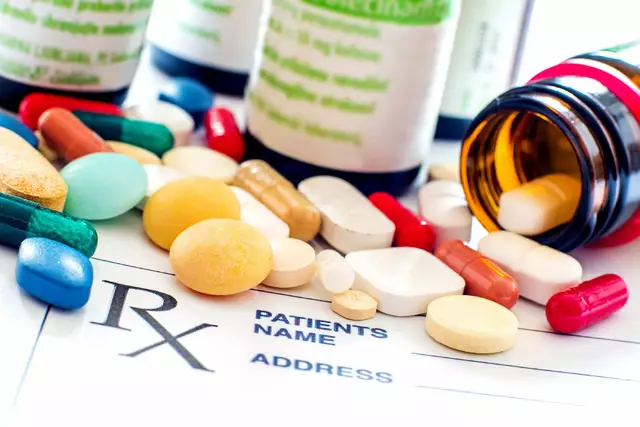
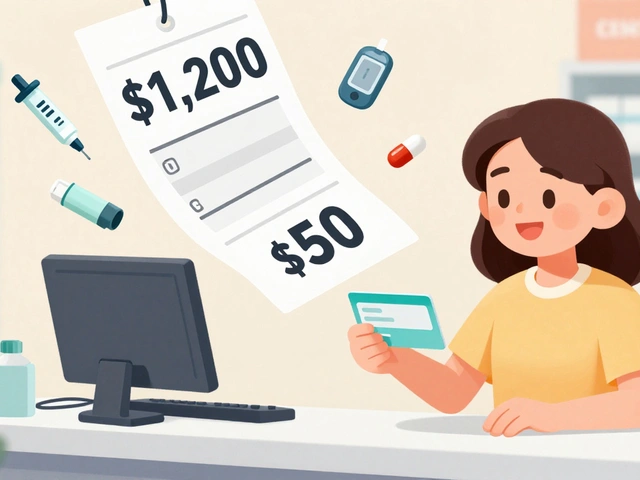
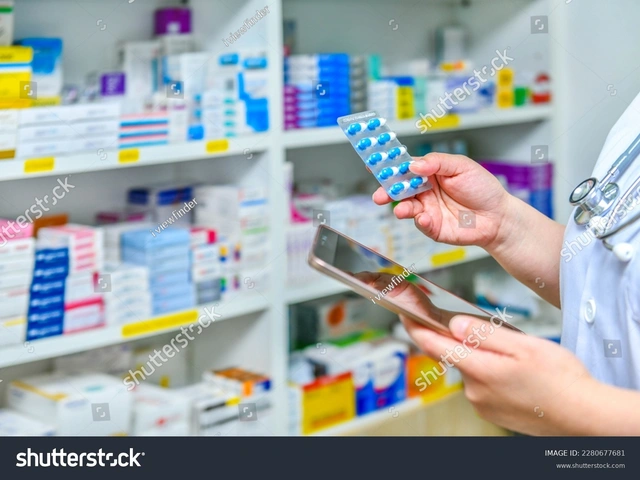

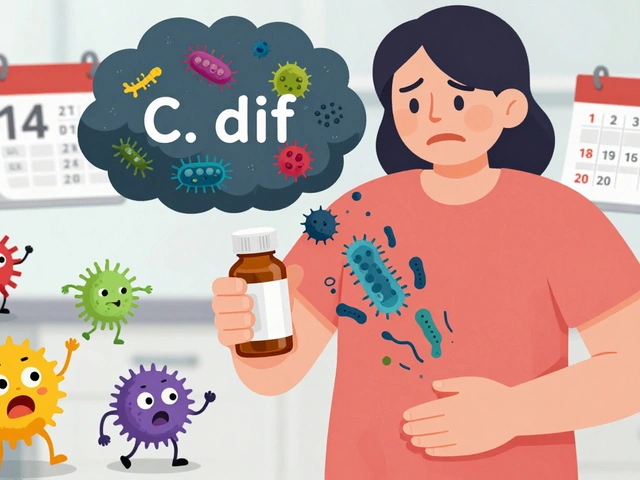
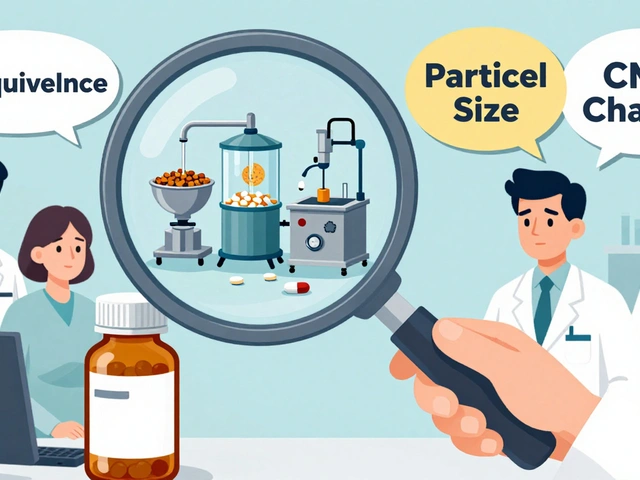
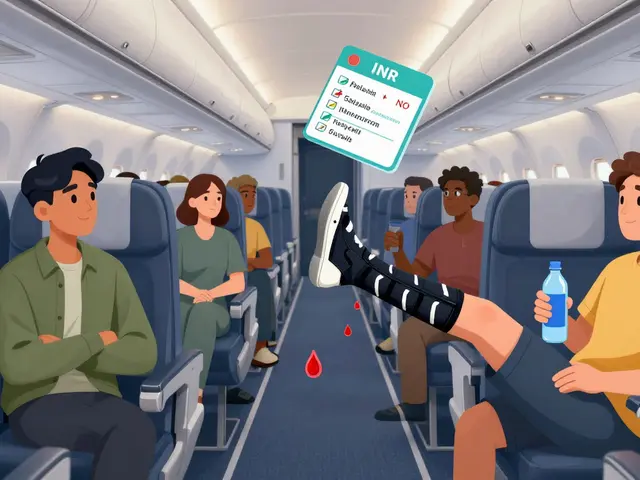
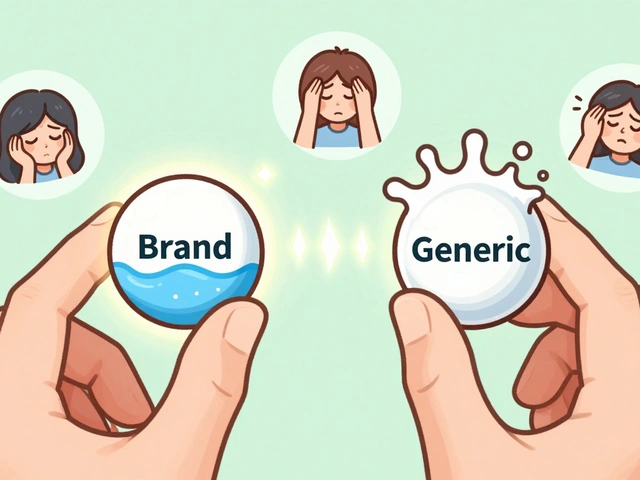
Brooklyn Andrews
I used GoodRx for my dad’s blood pressure med last month and saved $42. Then I signed up for SingleCare Plus because I was tired of hunting coupons every time. First month? I paid $15 and only used it twice. Total savings: $18. I’m canceling next week. 🤦♀️
Joanne Haselden
For those managing polypharmacy, especially with chronic conditions like diabetes or hypertension, membership programs offer structural predictability. The administrative burden reduction is non-trivial-auto-refills, centralized pricing, and integrated telehealth options reduce cognitive load significantly. However, the lack of interoperability with insurance networks remains a systemic flaw in the current model. Always audit your formulary quarterly.
Vatsal Nathwani
You people overthink this. Just go to Walmart. $4 for everything. Done.
Saloni Khobragade
why do u even need memebership when u can just use goodrx?? its free!! and u r paying for nothing?? this is so wasteful and i cant believe people fall for this scammmmm
Sean Nhung
Just tried the Amazon PrimeRx thing for my antidepressants. Got them for $5 with 2-day shipping 🎉. Also got a free sample of probiotics. Not bad for $15/month. I’m keeping it. 😊
kat pur
For anyone on a fixed income or uninsured, coupon sites aren't just helpful-they're lifesaving. I’ve paid $2 for metformin, $1 for lisinopril. That’s not a hack, that’s survival. And no, I don’t feel guilty about it. Pharmacies have margins. We’re just leveling the field.
Vivek Mishra
Memebership is for suckers.
thilagavathi raj
I signed up for GoodRx Gold… then my pharmacy refused to honor it. The pharmacist said it was ‘expired’-but it was just scanned wrong. I cried in the parking lot. Now I use cash. Always cash. 💔
Sandridge Neal
As a healthcare administrator with over 15 years in pharmacy operations, I can confirm that the cash price negotiated by coupon sites often reflects the true cost of goods-far below insurance reimbursement rates. Membership programs, while convenient, are essentially retail arbitrage. Always compare all three: insurance, coupon, and pharmacy internal pricing. The lowest will surprise you.
Diane Thompson
Ugh. I tried a membership. Paid $20. Forgot about it. Got charged again. Then my insurance covered my meds for $10. So I paid $30 for something I didn’t need. I’m never doing that again. 😒
Helen Moravszky
Okay so I use both-membership for my daily meds (they’re always the same), and coupons for my occasional antibiotics or painkillers. I also ask my pharmacist to check the in-house discount card-they have one I didn’t even know about. It’s a game of whack-a-mole but it works. Also, 90-day fills are a total game-changer. Save time, save money. 💪
Reginald Matthews
I’ve been on 5+ meds for 8 years. I track everything in a spreadsheet. Coupon prices fluctuate weekly. Membership fees are fixed. My math says I save $87/month using SingleCare. But I still check GoodRx every refill just in case. It’s not about loyalty-it’s about vigilance.
Debra Callaghan
If you’re using coupons, you’re complicit in a broken system. Pharmacies are gouging people on purpose. You’re not saving money-you’re enabling greed. The real solution is universal coverage, not coupon-hunting.
Mitch Baumann
Let’s be clear: these ‘membership’ programs are predatory. They exploit the desperation of chronically ill Americans. And the data harvesting? It’s not ‘convenient’-it’s unethical. The fact that people are proud of ‘saving’ $15/month while corporations profit billions is… disturbing. 🤢
Gina Damiano
I told my pharmacist I was using a coupon and she looked at me like I was crazy. Then she pulled up her internal discount list-$3 cheaper than GoodRx. She said, ‘We don’t advertise this, but if you’re a regular, we’ll give it to you.’ I’ve been going there ever since. Just ask.
Emily Duke
My mom died because she couldn’t afford her insulin. She used coupons. She tried memberships. She begged. No one helped. Now I scream about this every time someone says ‘just use GoodRx.’ This isn’t a budgeting problem. It’s a moral failure.
Stacey Whitaker
My grandma uses paper coupons. She doesn’t have a phone. She walks to three pharmacies every month. She saves $120 a month. She’s 82. She doesn’t care about apps. She cares about food. So don’t act like tech fixes everything.
Kayleigh Walton
For those new to this, start with the free options. Use GoodRx, WellRx, and RxSaver side by side. Then, if you’re on five or more meds, try a membership for a month. Cancel if it doesn’t pay for itself. No guilt. No pressure. Just smart shopping. And always talk to your pharmacist-they’re your secret weapon.
Stephen Tolero
Pharmacy benefit managers (PBMs) negotiate these rates. Membership programs bypass PBMs. Coupon sites aggregate PBM data. Insurance is a PBM product. The real issue is PBM opacity. Until that’s regulated, all savings methods are temporary workarounds.
John Kane
I’ve been using both for years. I’ve saved over $1,200 in the last 18 months. But here’s the thing: I don’t just use them-I share them. I print out coupons for my neighbors. I help my elderly aunt sign up for SingleCare. I teach my college kids how to compare prices. This isn’t just about saving money-it’s about community. We’re all in this together. And if you’re not helping someone else cut their costs, you’re missing the point. Let’s lift each other up, not just our own wallets. 💙